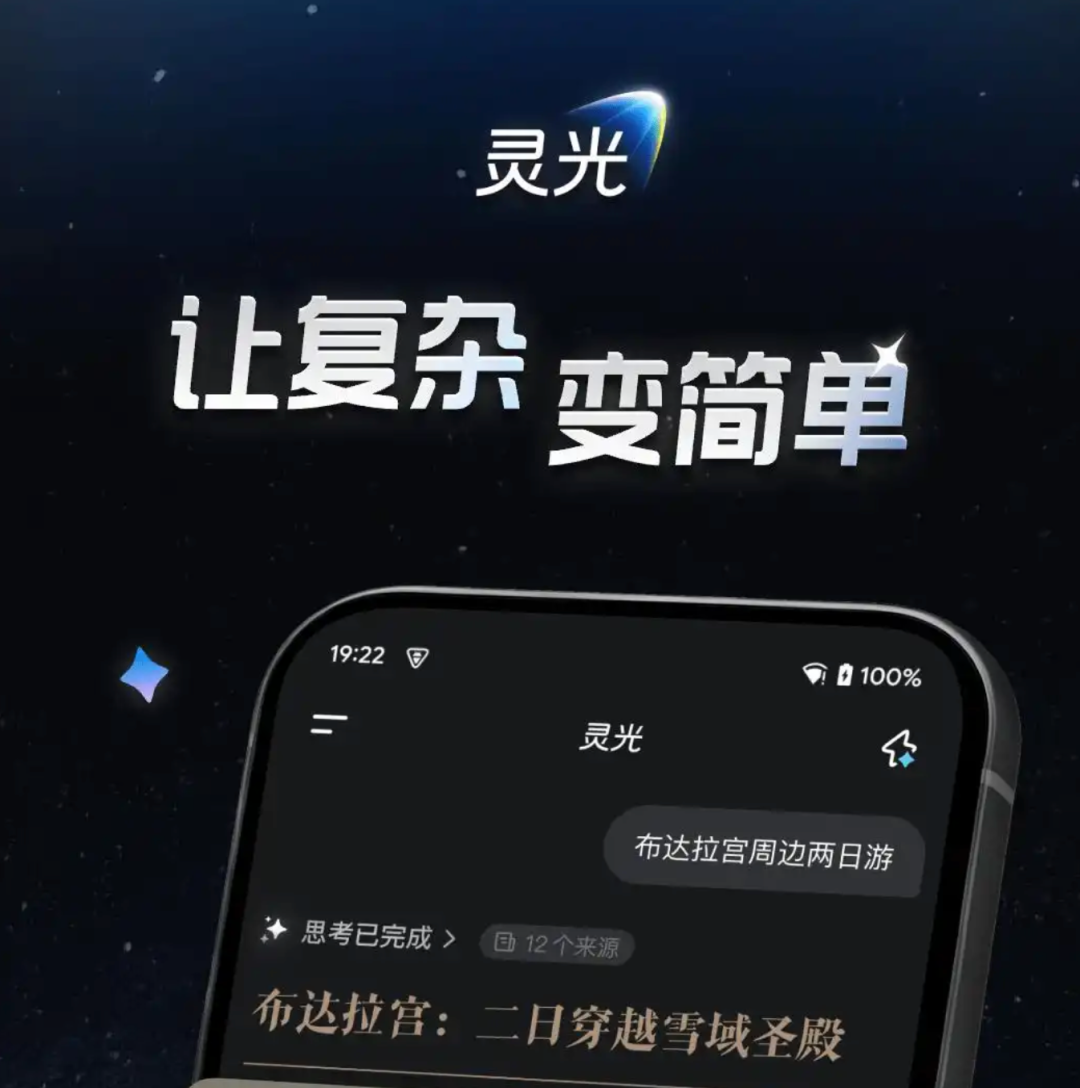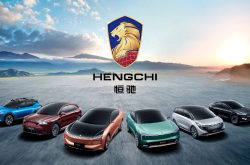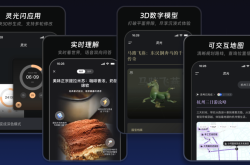Ant Sets Up a New Stove, Seeking AI Entry Point with "Lingguang"
![]() 11/25 2025
11/25 2025
![]() 359
359

Author: Tang Chen
Photo/Screenshot from the official website
Ant's Lingguang: A Bold Move to Secure an AI Foothold
On November 18th, Ant Group (hereinafter referred to as "Ant") unveiled its highly anticipated universal AI assistant with full modality support: the Lingguang App (hereinafter referred to as "Lingguang"). Over the past week, Lingguang has dominated social media and friend circles, underscoring Ant's significant investment in this venture.
From a data perspective, Lingguang's debut week was remarkable: in terms of download volume, Lingguang surpassed 2 million downloads within six days, significantly outpacing ChatGPT's 606,000 and Claude's 157,000 in their inaugural weeks. Regarding the time taken to reach 1 million downloads, Lingguang achieved this milestone in just four days, faster than Sora's five days.
The previous day, Alibaba launched another AI-to-consumer (AI to C) product, the Qianwen App, for public beta testing. The latest official data reveals that its app downloads have exceeded 10 million within a week. Consequently, among the top six free apps on the App Store China, Alibaba's AI products now hold two positions.
Unlike Qianwen, which is positioned as a competitor to ChatGPT, Ant has branded its new AI application as "inclusive." Lingguang explicitly eschews the mainstream "chat companion" function of AI products, instead focusing on enhancing information acquisition and processing efficiency.
According to Cai Wei, the product leader, users seek functionality, not models. Leveraging models to create functionalities is the defining variable of this era.
He illustrated his point with an example: when users search on engines or Xiaohongshu, they are inundated with numerous links and posts that require manual filtering. "Lingguang's objective is to harness the capabilities of large models to assist users in summarizing, generalizing, and reasoning information, thereby simplifying complexity," he explained.
This efficiency-first philosophy is evident in Lingguang's initial three core functionalities: Lingguang Dialogue, capable of generating multimodal content including 3D models and dynamic charts; "Flash Apps," enabling users to create interactive applications in 30 seconds using natural language; and "Kaiyan," providing a visual interaction entry point, allowing users to interact with the world through their cameras.
This technical approach imposes stringent demands on model code capabilities and engineering optimization—the code volume is 5-6 times that of pure text models, while ensuring a seamless mobile experience.
The "side effect" was evident just two days after Lingguang's launch when its Flash Apps feature was overwhelmed. Lingguang acknowledged the crash through its official account, stating, "We'll be back soon."
Ant is in a rush. In the industry, DeepSeek, Doubao, Wenyuan, and even in-house products like Kuake and Qianwen are all vying for the AI-to-consumer entry point, continuously making strategic moves to secure advantageous positions and cultivate a user ecosystem for AI applications.
Ant also rose early but missed the optimal gathering. For instance, its Mixture of Experts (MoE) model commenced around the same time as DeepSeek's, but the Bailing Large Model lagged behind.
Ant Group's CTO, He Zhengyu, mentioned that Ant's ambition is to create a national-level application. The popularity of DeepSeek has heightened Ant's anxiety and prompted the rapid mobilization of internal resources, leading to swift judgments and trade-offs in its AI strategy.
Perhaps lacking confidence, He Zhengyu also "leveraged" Jack Ma's influence during media communications—on the day of Lingguang's release, Jack Ma coincidentally appeared at Ant Group's campus.
According to his public statements, Jack Ma also showed interest in Lingguang's KPIs: "The initial target was 200,000 (downloads), but Mr. Ma deemed it too low and encouraged us to 'give it a shot'," he revealed.
In reality, Jack Ma was attending the groundbreaking ceremony for Ant's second-phase office building, not specifically for Lingguang. Nevertheless, Lingguang's debut was bold enough, and its target achievement far exceeded Jack Ma's expectations.
However, Ant's approach this time is somewhat unconventional: Lingguang was not integrated as a new feature into Alipay but launched as an independent AI application, joining the fray for the AI-to-consumer entry point.
In other words, Ant aims to establish a new user entry point outside of Alipay.
Over the past decade, Alipay has been virtually indispensable for Ant. Services like payments, utility bill payments, wealth management, financial credit, and medical and health services are all integrated into the Alipay App, and users have grown accustomed to resolving various issues within a single app.
For Ant, Alipay is also a super traffic entry point on par with WeChat and Douyin.
Another AI application from Ant, AQ, managed to become China's fifth AI-native app to surpass 10 million monthly active users within four months of its launch. The core reason is not Ant's leading base model but rather the comprehensive business ecosystem provided by Ant.
AQ adopts an "embedded AI" strategy, allowing it to bypass the challenge of building trust from scratch. Users do not use AQ because they believe in AI but because they are already using Alipay for health matters, gave it a try, found it useful, and stayed.
However, AQ has always faced limitations in application scenarios and professional domains, and Alipay's fundamental dilemma remains unresolved: AI applications need traffic, but even more so, they need "retained traffic."
Early this year, Tencent replicated ByteDance's strategy of heavily investing in Doubao, capitalizing on the overnight popularity of DeepSeek. On one hand, it fully integrated Yuanbao into its own apps like WeChat; on the other hand, it heavily promoted Yuanbao across various channels.
According to AppGrowing statistics, in the second quarter of this year, Tencent Yuanbao App's advertising investment remained largely stable compared to the first quarter, with Tencent Advertising being the primary traffic platform. The number of advertising creatives invested in a single quarter reached 1.183 million, with investment amounts exceeding 1 billion yuan in both June and July.
This ByteDance-style approach of achieving miracles through heavy investment once helped the previously obscure Yuanbao surpass DeepSeek and Doubao. However, after the initial flood of investment, the number of retained or active users pales in comparison to the investment.
This led Tencent's President, Martin Lau, to state during the latest earnings report that the company "does not intend to acquire new users solely through market investment and spending."

Photo source: Screenshot from official promotional material
Compared to WeChat and Douyin, Alipay's long-standing frustration has been that users mostly "use it and leave," with poor retention, let alone frequent use. This weakens the connection between users and Alipay and hinders its transition from a payment tool to an ecosystem platform.
A common phenomenon is that people's attention is captured by short videos and WeChat. After AI reconstructs relevant application scenarios, users are reluctant to frequently open Alipay and navigate through multiple menus to complete low-frequency demands like payments.
Moreover, an increasing number of scenarios are being penetrated by new forms like "one-sentence payment" or contactless payment.
Alipay's efforts in content creation, mini-program development, promoting mini-games, and even innovating offline "bump-to-pay" features to enrich the transaction ecosystem are all aimed at continuously expanding user entry points and retaining users with the shortest payment paths.
However, these actions merely enhance the payment experience and lack sufficient appeal for user sedimentation. User relationships are the most scarce capability for AI-to-consumer applications.
As some viewpoints (opinions) suggest, before Lingguang's launch, the initiative to rebuild user entry points did not lie with Alipay.
Lingguang represents Ant's new attempt in exploring AI application paths. By improving efficiency to help users solve practical problems, it aims to retain them. This is a direction distinct from WeChat and Douyin and holds significant market potential. After all, no product in the current AI industry dares to guarantee daily active users exceeding 100 million.
Ant has thus formulated a new combined strategy, not only focusing on mining the potential of its own ecosystem, such as AI products like Maxiaocai and AQ focused on vertical businesses or scenarios, but also looking beyond its system. It is placing bets in the broader AI-to-consumer arena, with entities like the Bailing Large Model and embodied intelligence company "Lingbo Technology" serving as a hidden thread in Ant's AGI strategy.
This combined strategy is crucial in today's AI entry point landscape, which has not yet fully taken shape. However, its success depends on whether users will embrace it.
In other words, Lingguang's current million-plus downloads are just a beginning. The real challenges it must face next are the old problems of Alipay: how many users will stay, and how much engagement will there be.
The true AI-to-consumer entry point is never about how flashy the technology is, how novel the concept is, or how loud the slogan is. It depends on whether it can truly ignite users' "consumption" enthusiasm.
When someone starts opening Lingguang every morning to plan their day or uses it weekly to review household expenses, that's when the entry point truly stands.
Until then, it's merely a noteworthy attempt, far from a victory.
References: Yicai, "DeepSeek Brings Urgency, Ant Launches 'Lingguang' to Race in the AGI Arena"
Tang Chen's Classmate, "Wang Xiaochuan's 'AI Doctor Dream' to Be Realized by Ant?"








